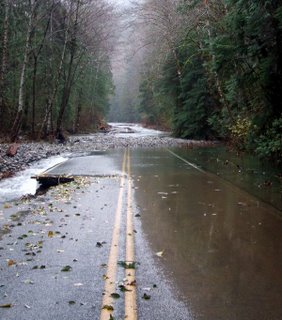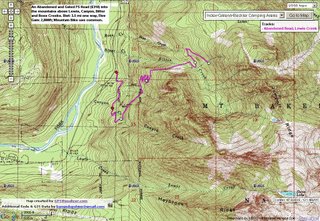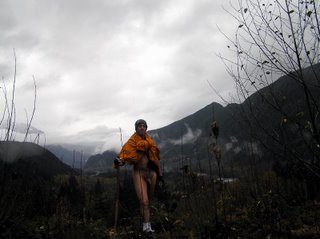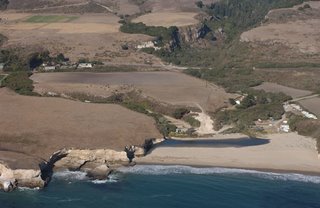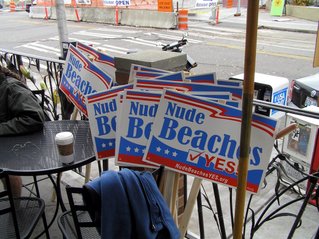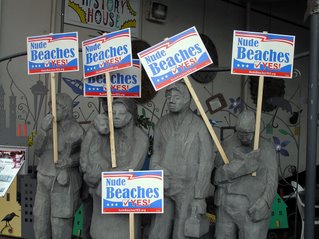Red, White and Blue Beach owner throws in the towel
By Soraya GutierrezSentinel staff writer SANTA CRUZ — It's a tough job overseeing a nude beach, and after 41 years, the owner of Red, White and Blue Beach says it's time to throw in the towel and sell his property.
Ralph Edwards, 83, and his wife Kathleen raised their five children in the white two-story house that sits on 170 acres above the beach off Highway 1, six miles north of Santa Cruz.
The clothing-optional beach has been host to visitors from all over the world who come to bronze in the sun, camp overnight and fire up a barbecue pit.
"You can go any way you want, it's clothing-optional," Edwards said while walking his dog, Spike, on the deserted beach.
But Edwards, who says he isn't a nudist, is ready to go his own way.
"It's too much work for me," he said, a pair of tinted glasses and a "Nude Expert Quality Control" baseball cap blocking the sun.
He purchased the land from the Scaroni family in 1965 without a plan but with a bunch of ideas, from building condominiums to opening a mobile home park. He teased about running a nudist operation.
He even threw around a few unofficial names, like Skinnydipper's Paradise, that he can't help but laugh about as he remembers them today.
It turns out a nude beach was the only plan taken seriously by the county.
"I couldn't get permits for anything else," he said.
He said his wife, who is living with Alzheimer's disease in a care facility in the city of Santa Cruz, at first didn't care much for the idea of a nude beach. But it grew into a family business that has attracted 60,000 people a year, mostly tourists from San Jose and the San Francisco Bay Area.
"Nude people don't want to be close to home doing that scene," he said, noting locals account for roughly 6 percent of his customers.
Some members of his family don't like to hang out at the beach, either.
"Some of them don't like to be associated with something like this," he said. "That's their prerogative."
But the pristine beach gets plenty of attention through nudist publications and the Internet. It's on the Travel Channel's top 10 list of best nude beaches in the world — the only such beach in California to be revealed.
Santa Cruz resident Toby Gray, a frequent visitor to the Red, White and Blue, said he and his wife have been enjoying the beach for many years. They've always gone back because of the family-friendly atmosphere, he said, and to hear bands play around the campfire.
"The whole campground would fill up," he said.
A few hard-core nudists would bare it all, he said, but most people in the camping areas wore a wrap or sarong. Down on the beach, most people laying out don't cover up.
"It's always been very safe and friendly there," he said.
The private setting is a big reason people feel comfortable at the beach, Edwards said.
"I was real lucky to have something like this," he said.
While refusing to name a price for the property, saying he prefers to sell it privately, he said the next property owner can live the life of a movie star, and make it their own private estate, as he has since 1965.
"Except I got these naked people coming into my backyard," he said. "Yes, it's funny when you think about it."
Contact Soraya Gutierrez at sgutierrez@santacruzsentinel.com.





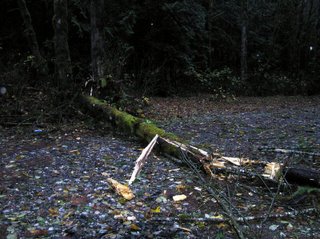
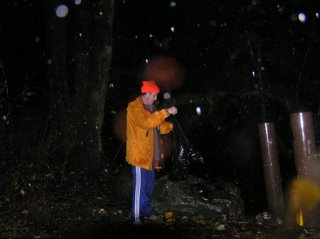
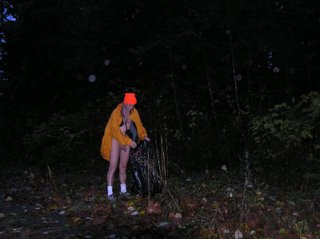
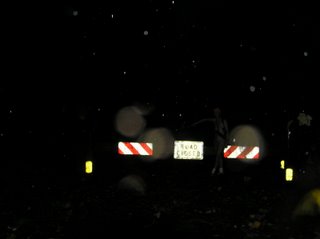

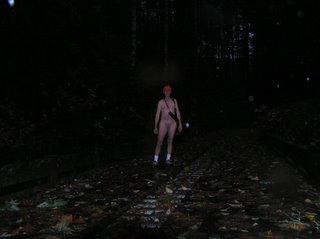



 The question on many hikers' minds after the catastrophic floods of last week is:
The question on many hikers' minds after the catastrophic floods of last week is: 